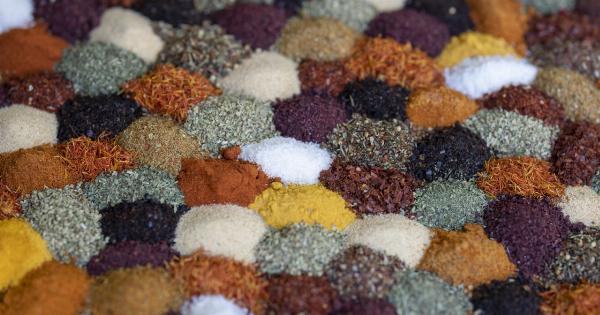Creutzfeldt-Jakob Disease (CJD) is a rare and fatal degenerative brain disorder that affects humans.
It belongs to a group of diseases known as transmissible spongiform encephalopathies (TSEs), which are characterized by the accumulation of an abnormal isoform of the prion protein in the brain.
Causes and Transmission
The exact cause of CJD is still unknown, but it is believed to be caused by the presence of prions, which are misfolded proteins that can induce similar normal proteins to also misfold, leading to their accumulation in the brain.
Prions are highly resistant to conventional sterilization methods and can be transmitted through contaminated surgical instruments and certain medical procedures.
Types of Creutzfeldt-Jakob Disease
There are several types of CJD, including:.
1. Sporadic CJD
Sporadic CJD is the most common form, accounting for about 85% of all cases. It appears to occur spontaneously without any known genetic or environmental cause.
2. Hereditary CJD
Hereditary CJD is associated with specific genetic mutations that are inherited from one or both parents. This form accounts for about 5-10% of all cases.
3. Acquired CJD
Acquired CJD occurs as a result of exposure to infected tissue or contaminated medical equipment. This form is extremely rare, but it has been linked to certain medical procedures such as corneal or dura mater (brain membrane) transplantation.
Symptoms and Progression
The symptoms of CJD can vary depending on the type and stage of the disease. However, common symptoms include:.
1. Rapidly Progressive Dementia
Patients may experience memory loss, behavioral changes, confusion, and difficulty in judgment.
2. Muscle Stiffness and Twitching
Individuals with CJD may have uncontrolled muscle movements, muscle weakness, and stiffness.
3. Problems with Coordination and Mobility
Difficulties in balance, coordination, and walking are often observed in CJD patients as the disease progresses.
4. Sensory Changes
Some patients may experience changes in vision, sensation, or hearing.
Diagnosis and Treatment
Diagnosing CJD can be challenging as it mimics other neurological disorders. Currently, the only definitive diagnosis for CJD can be made through brain biopsy or post-mortem examination.
However, other diagnostic tools, such as electroencephalography (EEG) and magnetic resonance imaging (MRI), can help support the diagnosis.
Unfortunately, there is no cure for CJD, and treatment focuses on alleviating symptoms and providing supportive care. Medications may be prescribed to manage pain, muscle stiffness, and other symptoms.
Palliative care is commonly provided to improve the quality of life for patients and their families.
Prevention and Research
Preventing CJD can be challenging due to its unknown exact cause and the difficulties in detecting prions.
However, strict adherence to infection control measures in healthcare settings, including the proper sterilization of surgical instruments, is essential to minimize the risk of transmission.
Extensive research is being conducted to better understand the pathogenesis, transmission, and potential treatments for CJD.
Additionally, efforts are focused on developing more sensitive diagnostic techniques that can detect the presence of abnormal prions at an early stage.
Conclusion
Creutzfeldt-Jakob Disease is a rare and devastating neurodegenerative disorder that affects the brain.
Though there is currently no cure, ongoing research aims to improve diagnosis and develop treatments to alleviate symptoms and improve the quality of life for affected individuals. Awareness about CJD and adherence to infection control protocols are crucial in preventing its transmission and protecting public health.




























